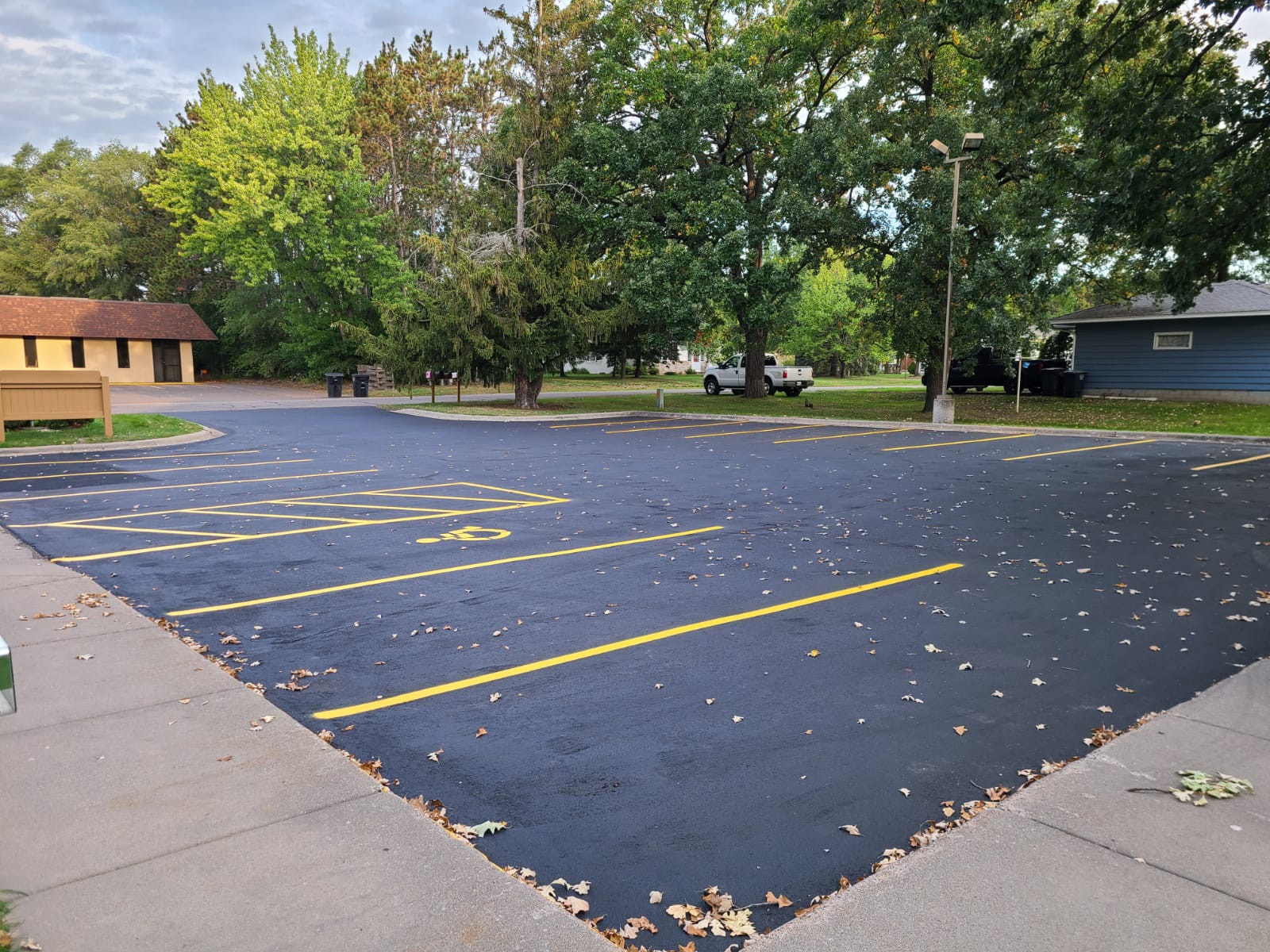The weather in the winter in Minnesota, but there are a few constants. To begin with, it is colder, snowier and there are the-long hard freezes.
In any case, your temperatures will be lower in the winter than they are in the spring, summer, and fall. In several states, more precipitation is a constant in the winter. Winter rains, snows, sleet, freezing rain, and snow melt are all possible.
Tthroughout the winter, the nature of the business you receive changes. Because of the winter holidays, schools experience a drop in enrollment. Outdoor businesses, especially those near beaches or focused on summer activities like mountain biking, swimming, or surfing, sometimes notice a drop in winter business. Some firms are seeing significant growth. In the winter, a ski resort’s parking lot will likely be busier than a kayak rental shop’s. Additionally, people drive more during the winter months.
Because walking and cycling to businesses becomes less possible in the winter, certain businesses that receive customers all year should expect an increase in the number of vehicles in the parking lot.
In the winter, a variety of elements have an impact on your asphalt surface. We can assist you in analyzing and mitigating those factors.
The major issue with asphalt in the winter isn’t the cold itself, but rather the temperature fluctuations. Chunks of material expand and shrink as temperatures change. This is particularly true in the case of parking lots.
Parking lots are essentially massive slabs of asphalt paving embedded in the ground. The size of the pavement changes as the winter temperatures shift. So does the ground on which the parking lots are built. The size variations in the soil and the asphalt don’t always line up because their compositions are so dissimilar. Asphalt contains less water and is made out of a tougher, denser material than soil.
Earth can have a lot more water depending on where you are, leading in increased expansion during the frigid winter months. As tension is created and released, the friction and squeezing of the pavement by the soil can produce cracking. This is especially true in places that are prone to flooding and have cold, harsh winters.
Another major issue with cold weather is that any water that has leaked into the asphalt expands. Water erodes the asphalt in the same way it erodes rocks, which can worsen existing fissures. Water expands in microscopic gaps, causing those fissures to widen as well. This is referred to as frost heave.
Expect more damage from these forms of cracking when temperature swings are faster and more severe.Precipitation in winter In the winter, snow is a major issue for asphalt. The water that collects on top of the pavement might melt and refreeze several times. As a result, water seeps into the asphalt, freezes, and worsens existing fractures while producing new ones, as described above.
Furthermore, when the snow melts completely, as it does frequently during the winter, the asphalt will be left with enormous puddles of standing water that must be cleared. In a nutshell, you don’t want water resting on top of your parking lot since it can cause harm.
Another risk of snow/ice on the lot is that it turns slick, making marks difficult to discern. Every year, around 60 thousand people are injured in parking lot accidents. Because of the lack of traction caused by ice and snow, this risk increases in the winter. It doesn’t help anyone to be unable to see the markings on the parking lot.
Snow-removal equipment can potentially cause harm to the parking lot. So, if you’re going to coat your property with chemicals, be extra cautious and aware of what you’re doing. Snow plows can also cause significant damage to the property. When scraping the pavement, they can break the seal layer off, creating new openings for future snow melt to enter.
Cracks and potholes are the most common effects of winter precipitation. Water accumulating on the lot can leak in, cracking the pavement and finally ripping large chunks out. Snow melt chemicals and plow damage can exacerbate the problem, causing the parking lot markers to vanish.
This is a comprehensive guide on winter parking lot and sidewalk maintenance. It can give you detailed instructions on how to take care of your paving.
Winter damage mitigation
Reliable Paving can assist you in reducing winter damage. We are a large group of paving contractors with a lot of expertise. We can assist you with everything you need to keep your parking lot in great shape during the winter.
Our maintenance suggestion is as follows:
· Inspections of your parking lot to ensure that it is up to code.
· Creating and maintaining an appropriate drainage system for snow and rain in the winter.
· Keeping the parking lot clean to avoid chemical and water buildup.
Get a snow-removal team on-call if you get a lot of snow. These teams can remove ice too.
· Repainting/restriping.
· Crack sealing.
· Seal coating.
· Pothole patching.
Fortunately, we can do most of the above list on our own. For anything we can’t do, we’ll point you in the right direction. If you want a parking lot that is properly sealed for the winter, has good drainage, and is tough enough for your needs, Ideal Sealcoating is the best choice. Contact us today whether you want to restripe, fix damage, repave, build drainage, make a new lot, or if you have any other asphalt paving needs.

